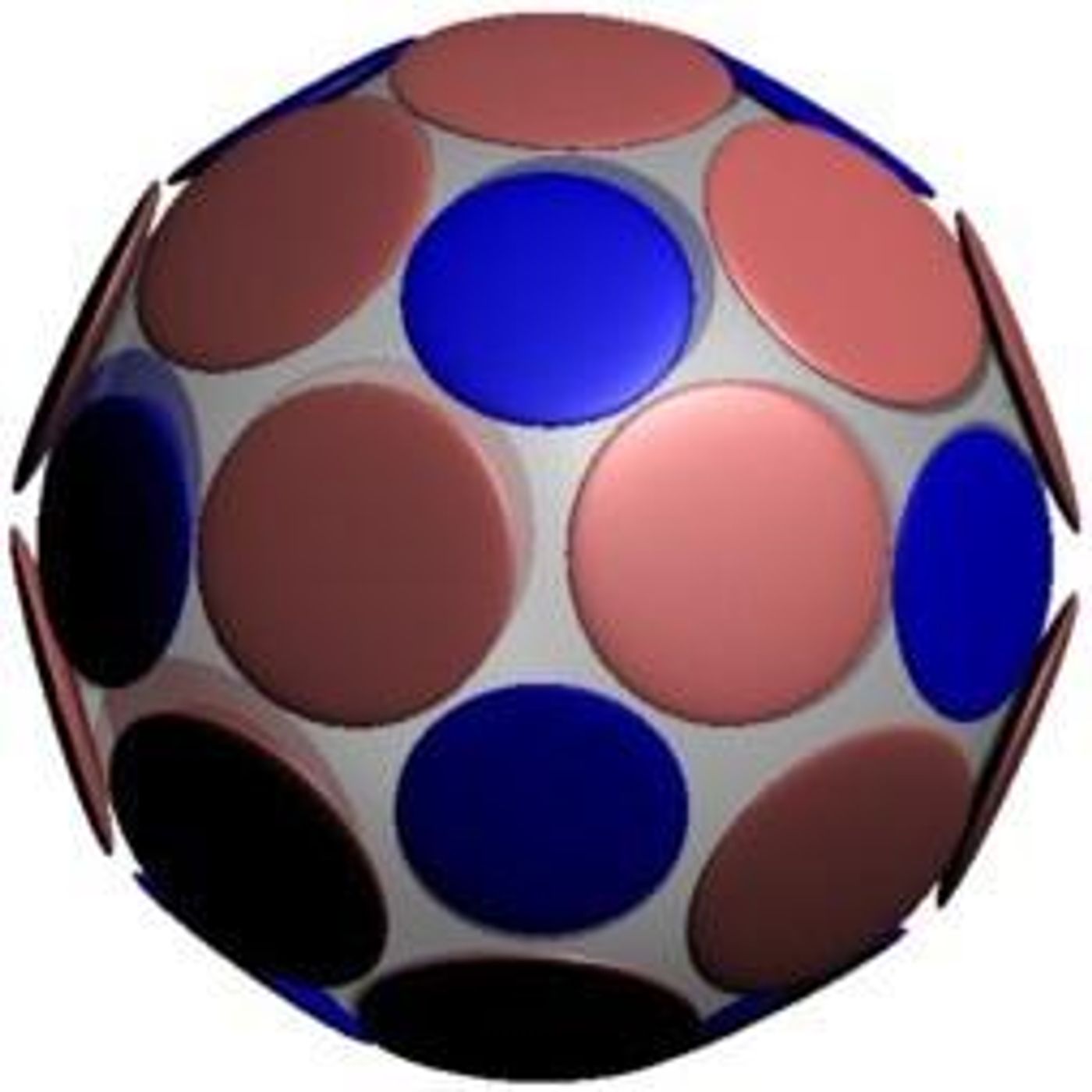Research Sheds Light on Self-assembled Protein Cage and Inspires New Designs in Nanotechnology
The goal of nanotechnology in the field of biomedical science is to build homogenous miniature carriers that can target specific sites and deliver payloads. Biomaterials such as nucleotides, proteins, and lipids are the preferred ingredients, for reasons of safety and compatibility. However, nature-inspired synthetic proteins have also attracted a lot of attention due to their self-assembling ability.
In a recent article in the Proceedings of the National Academy of Sciences, a research team from the University of Bristol reported their findings on the self-assembly mechanism of synthetic protein building blocks.
Spherical “Cage” formed by synthetic protein building blocks. Credit: University of Bristol
Proteins or peptides can form different complexes using a mechanism called molecular self-assembly. It is the process through which molecules form complex superstructures with defined order and shapes, without any outside influence. Depending on whether a different type of molecule is involved, self-assembly can be intramolecular and intermolecular.
Model sphere of Icosahedral symmetry. Credit: Wikipedia
Many natural proteins can self-assemble and form shells of high symmetric order, for example, the capsid of a virus is a protein shell in icosahedral packing order. The researchers used synthetic proteins to recreate the tightly packed self-assembly with icosahedral symmetry and investigated the stability of these protein shells under perturbations created by the flexibility of the interacting blocks. They found that in the presence of those perturbations, icosahedral packing is not the most stable arrangement for various parameters. Even a small amount of flexibility can result in stable disordered configurations. By gaining insights into the regularity of the self-assembled cages, the team hopes they can inspire a new design paradigm for the synthetic proteins and can drive new experimental methodologies.
When asked about the potential impacts of their study, the researchers envisioned a bright future for the self-assembling synthetic proteins in various fields of applications. "Our work focuses on how robust the symmetry of the cage is given the flexibility of the protein building blocks. Our work sheds light on the self-assembly mechanisms in these cages, which can have widespread applications in material science and synthetic biology, including fabrication of metamaterials, targeted drug delivery, vaccine design and nanoreactors," said Dr. Majid Mosayebi, the lead author and a theoretical Biophysicist from the University of Bristol.
Source: Phys.org/PNAS










